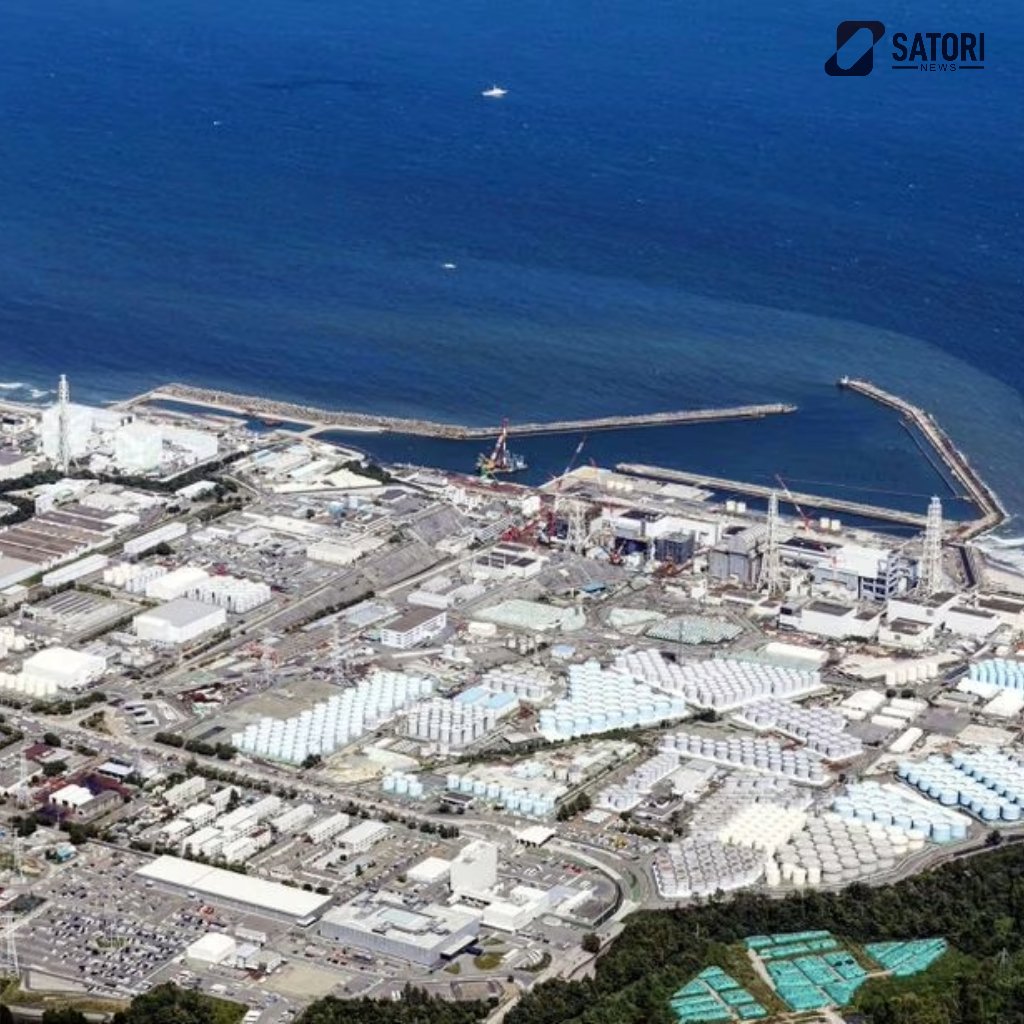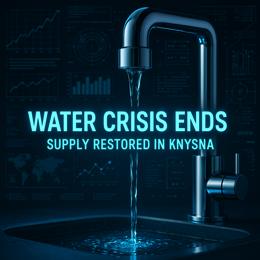Picture: for illustration purposes
The Big Cleanup: Fukushima Decontamination Efforts Questioned
Following the nuclear catastrophe at Fukushima Daiichi in 2011, an area of approximately 1,100 square kilometres was evacuated, translating to the displacement of more than 100,000 people. Efforts to decontaminate the area have given rise to questions about their effectiveness, cost, and repercussions.
The operations aimed to reduce the annual radiation dose received by the public from Fukushima's radioactivity to less than 1,000 microsieverts (µSv), above the natural background. The strategy involved soil removal, sandblasting, and pressure washing surfaces prone to radioactive particle adherence. In the residential and agricultural sectors, these efforts cut radiation exposure by approximately 60%, hence facilitating return to their homes.
However, less than a third of the relocated population has returned, and significant portions of the region, particularly the forest areas, remain contaminated. The cost of the cleanup process ran into tens of billions of dollars, and the endeavour posed substantial radiation risk to the workers involved. It also produced a vast quantity of radioactive waste.
The wider impact of the decontamination efforts reaches beyond the scientific realm. They offered reassurance of a 'cleanup' and the reduction of doses, although also promoted the perception of low-level radiation being more hazardous than it typically is.
While the fringes of urban areas have generally seen effective decontamination, the region's forests, covering about 71% of the Fukushima Prefecture, remain contaminated. This is due to the persistence of radiocaesium in such ecosystems, particularly in the absence of fertilizer application and presence of organic soils which enhances the absorption of this radioactive element by plants.
In conclusion, while the decontamination efforts were successful in reducing radiation doses in many areas, the question remains whether the cost and consequence of the cleanup were worth the resultant decrease in radiation exposure, with significant regions, primarily forest lands, still grappling with contamination.










